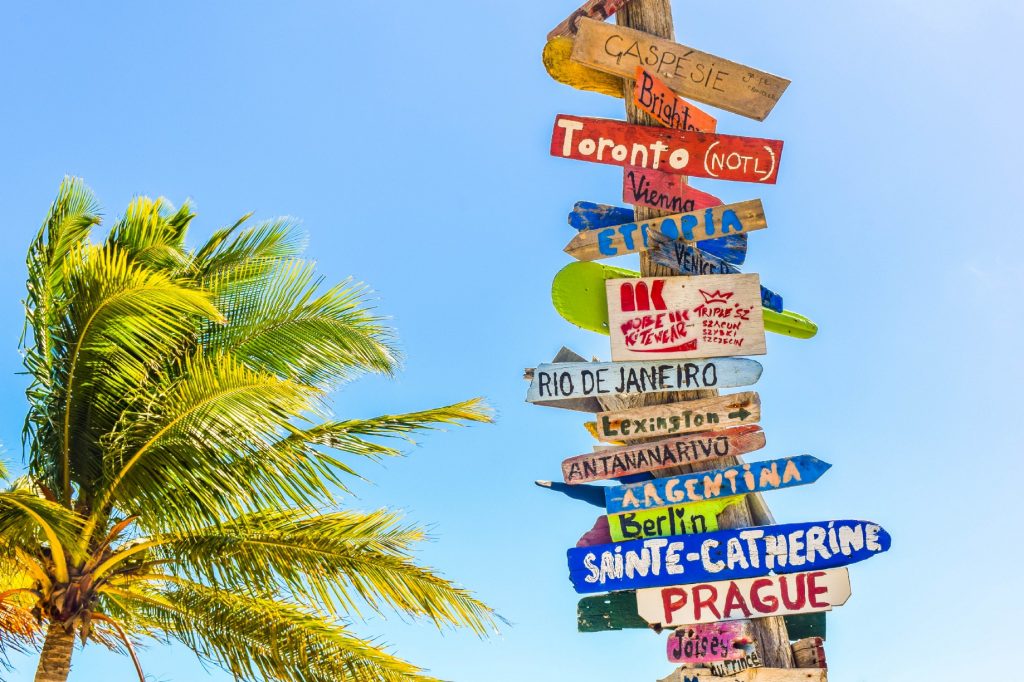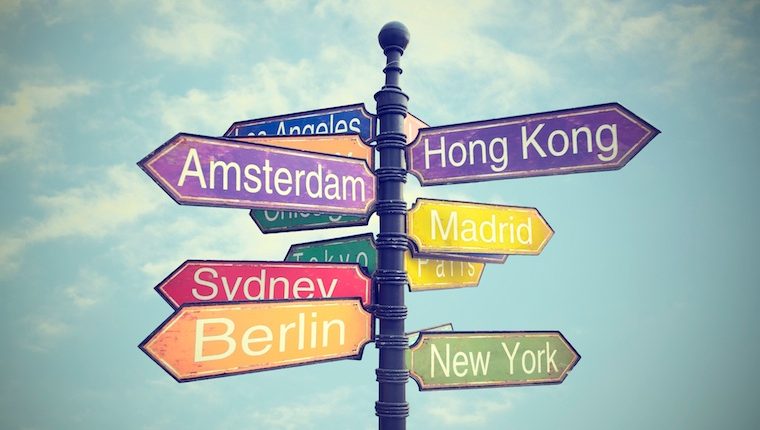Arriving at a website that wasn’t intended for you can feel a lot like traveling to a foreign country you hadn’t planned to visit. You don’t recognize the currency or know the exchange rate and struggle to read the signs, you scan the landscape for something familiar, but nothing seems to be where you expect it to be.

If you’ve ever experienced this, you already understand the importance of localization even if you’re not sure exactly what it means.
Here’s a quick overview of localization, when to use it and how the localization process works.
What Is Localization?
Localization is often confused with translation, but these terms actually mean two different things. Localization is the entire process of adapting a product or content to a specific location or market, according to the VINALOCALIZE.
Translation is the process of converting text from one language to another. Translation is one aspect of localization, but localization is more extensive
Localization also involves adapting other elements to a target market, including:
- Modifying graphics and design to properly display translated text
- Changing content to suit preferences
- Converting to local currencies and units of measurement
- Using proper formatting for elements like dates, addresses and phone numbers
- >Addressing local regulations and legal requirements
In short, localization gives something the look and feel expected by the target audience.
Who Needs Localization?
Localization makes content more appealing, which as a result makes the audience more likely to buy. In fact, 75 percent of consumers said they were more likely to purchase goods and services if the corresponding product information is in their native language, according to a 2014 Common Sense Advisory report.
By that logic, anyone who is trying to reach a global audience should consider localization as well as translation. To truly expand your audience, however, you’ll need to localize more than just your website. Localization should also include:
- Marketing materials, including TV, radio, and print ads
- Product manuals
- Training materials
- Online HELP
- User Interfaces
- Quick-start guides
- Service materials
- Product warranty materials
- Disclosure documents, such as terms and conditions
Localizing your content allows your organization to expand its reach to a new audience, build credibility, and increase sales. It also helps you build loyalty among existing customers. In another Common Sense Advisory survey, half of senior executives said they believed localization leads to profitability and growth.
Choosing a Localization Provider
Localizing a product or website can seem intimidating, but it doesn’t have to be. A full-service language services provider (LSP) has all the resources necessary to produce high-quality localization on time and on budget, thereby reducing your need to be involved in the day-to-day execution of the project.
When aggressive timelines are required, these LSPs have the ability to build and manage large teams. They are also able to perform both linguistic and functional quality assurance to ensure the localization is correct. And, they probably have an engineering team that can work with, and extract text from any file type. Perhaps most significantly, most firms will be able to use sophisticated localization tools that will yield significant savings on future projects.
In the end, the most important factor in determining whether your localization project is successful is the skill of the team who actually works on your materials. When delivering fully localized materials, it should not be apparent to the audience that the content they are reading or the product they are holding has been localized from another language.
The fact that your product or content was originally created in English (for example) and then localized into the consumer’s native language should be undetectable. A properly localized product should have the look and feel of having been created specifically for the target market.
LanguageLine has the expertise and technology to handle any type or size of localization project, from websites, to software, to technical documentation, multimedia, training and eLearning, and marketing materials.
Localization can help you expand your reach and make the customers you serve feel more at home. Start reaching new audiences with localization. Request a quote today.



